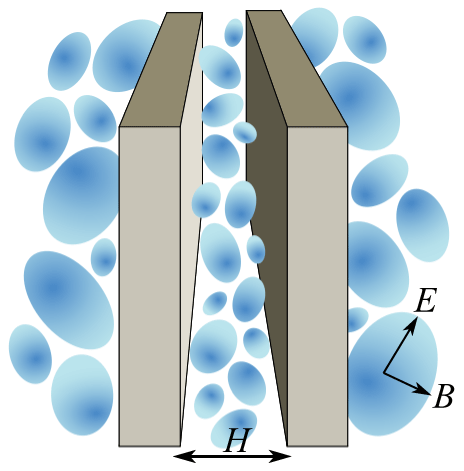Quantum Void

In quantum field theory, the quantum vacuum state (also called the quantum vacuum or vacuum state) is the quantum state with the lowest possible energy. Generally, it contains no physical particles. Zero-point field is sometimes used as a synonym for the vacuum state of an individual quantized field.
According to present-day understanding of what is called the vacuum state or the quantum vacuum, it is “by no means a simple empty space”. According to quantum mechanics, the vacuum state is not truly empty but instead contains fleeting electromagnetic waves and particles that pop into and out of existence.
The QED vacuum of quantum electrodynamics (or QED) was the first vacuum of quantum field theory to be developed. QED originated in the 1930s, and in the late 1940s and early 1950s it was reformulated by Feynman, Tomonaga and Schwinger, who jointly received the Nobel prize for this work in 1965. Today the electromagnetic interactions and the weak interactions are unified in the theory of the electroweak interaction.
The Standard Model is a generalization of the QED work to include all the known elementary particles and their interactions (except gravity). Quantum chromodynamics is the portion of the Standard Model that deals with strong interactions, and QCD vacuum is the vacuum of quantum chromodynamics. It is the object of study in the Large Hadron Collider and the Relativistic Heavy Ion Collider, and is related to the so-called vacuum structure of strong interactions.
Source – https://en.wikipedia.org/wiki/Vacuum_state